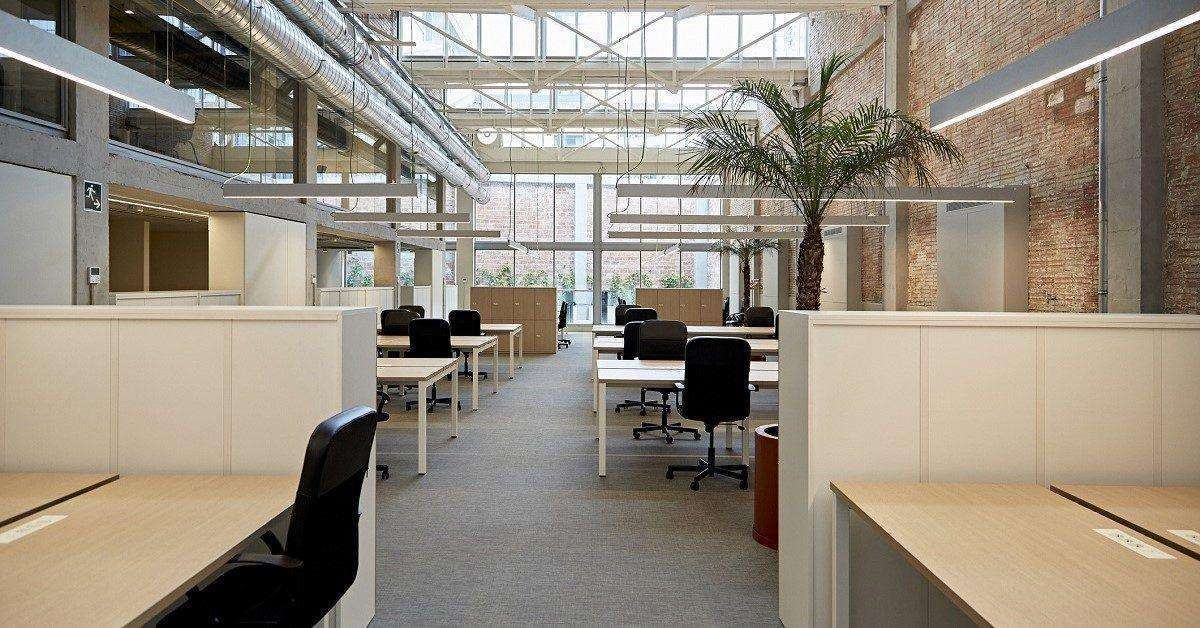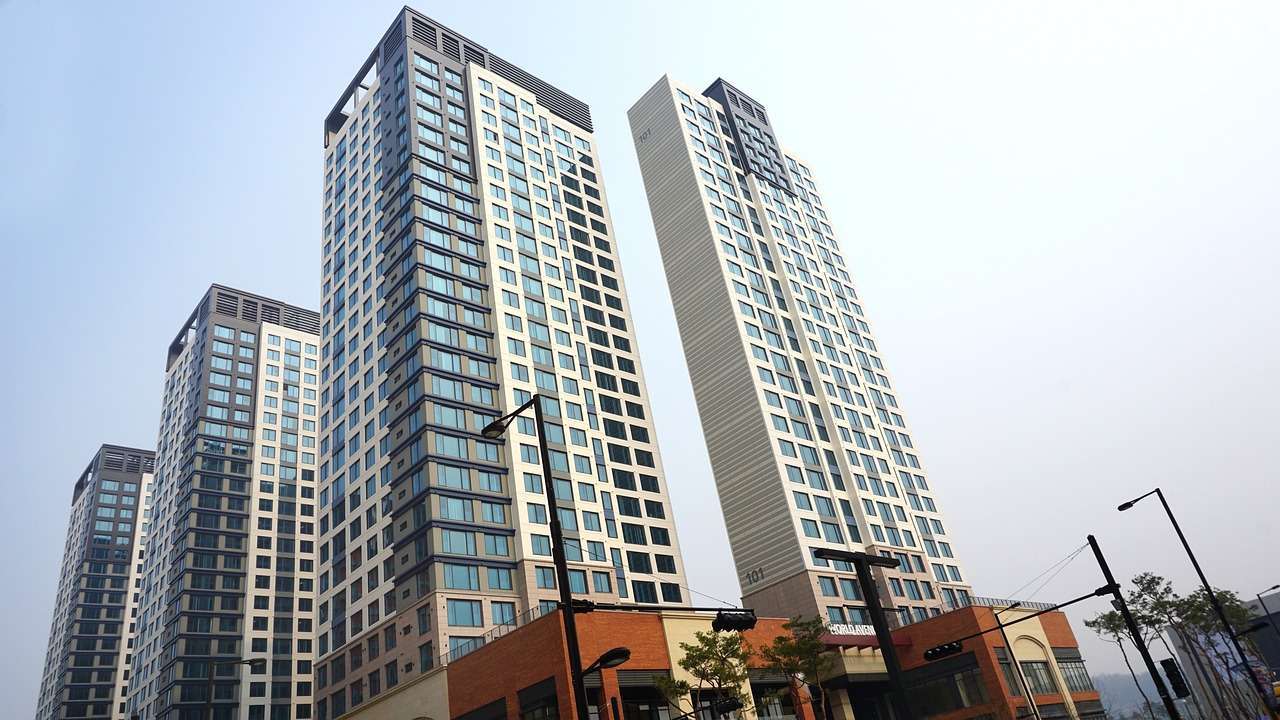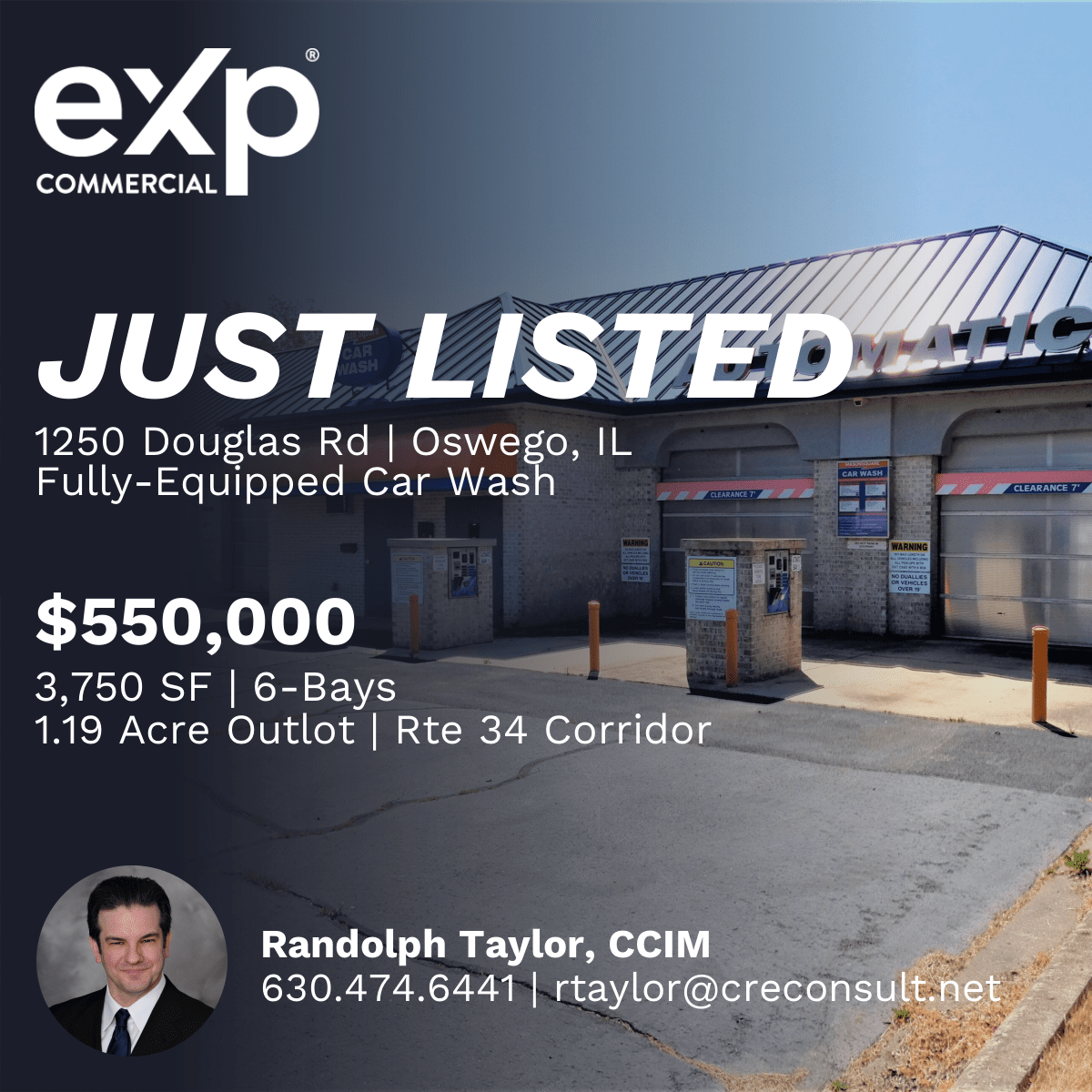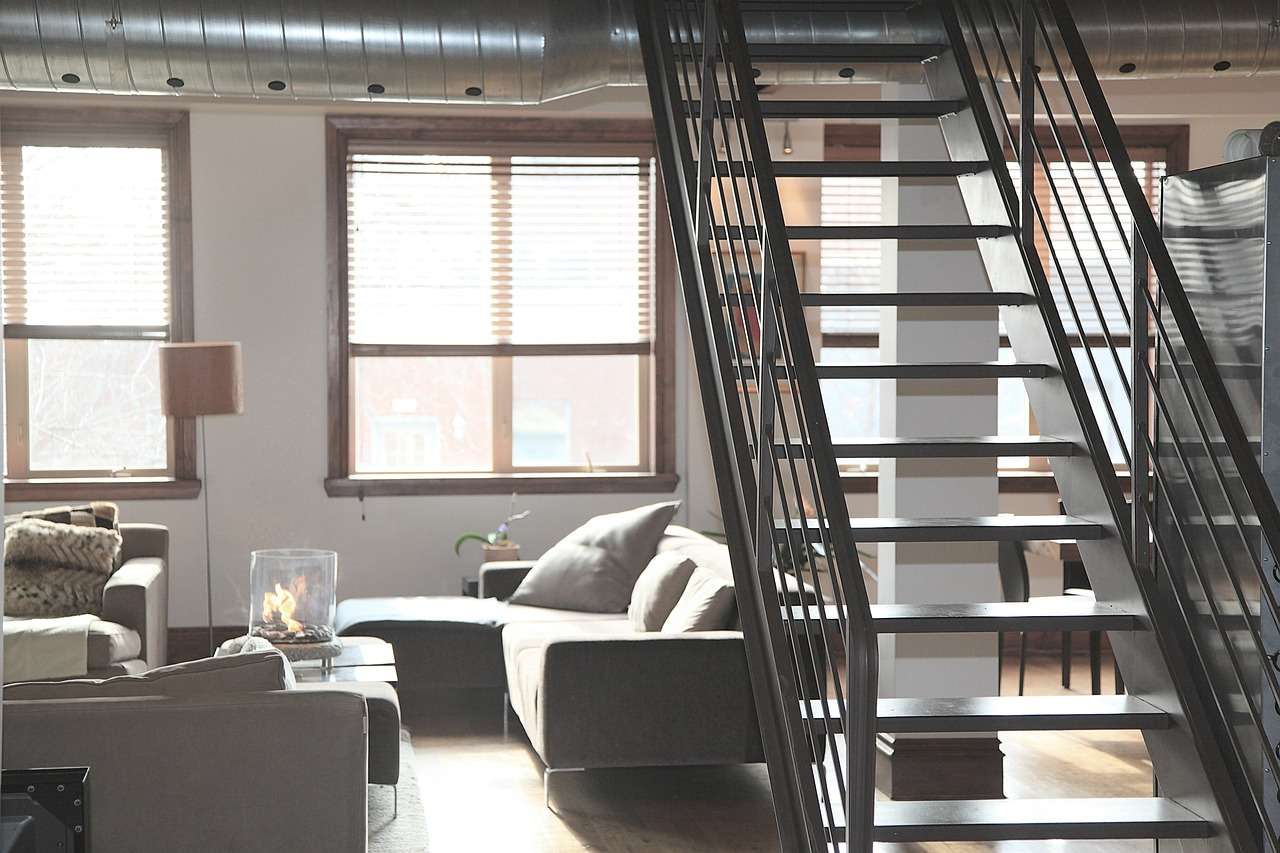
SBA 504 Loan Features
Through the 504 Loan, 40% of the total project costs must come from the SBA. 50% of the total project costs come from the participating lender. Borrowers of 504 loans contribute a further 10% of the project costs, but in rare circumstances, the borrower may be required to contribute 20% of project costs.
504 loans have fixed-rate interest rates, long loan amortization, and no balloon payments. Compared to other loans, 504 loans offer savings that result in improved cash flow. The maximum loan amount is $5 million, or $5.5 million for small manufacturers or certain types of energy projects.
For every $65,000 borrowed, businesses must make one job or retain one job. The exception to this is small manufacturers. These businesses are held to a ratio of one job for every $100,000. Businesses that will not create or retain jobs may still borrow an SBA 504 loan under certain circumstances, as long as the CDC maintains acceptable job creation or retention overall.
Who Is Eligible For The Loan Program?
Businesses must be for-profit entities and must be the correct size according to the SBA.
Businesses with a tangible net worth of over $15 million are not eligible. An average net income at or below $5 million after federal income taxes is also required. Businesses must have this average net income for the two years just before application. Nonprofit organizations and businesses engaged in passive or speculative activities do not qualify for the 504 loans. CDCs can help businesses in their geographic region determine whether they qualify.
What Type Of Commercial Properties Is An SBA 504 Loans Well-Suited for?
Businesses can finance almost any type of commercial property as long as its owner-occupied and are part of their business.
What can an SBA 504 loan be used for?
For a $1,000,000 activity, 504 project costs may be used for the following activities:
Buying land
Purchase of a building
Renovation of an existing building
Purchase of furniture and equipment
Soft costs
Proceeds from 504 loans must be used for fixed assets and some soft costs.
Land improvements (such as grading, utilities, street improvements, landscaping and parking lots)
New building construction
Long-term machinery
Modernization of an existing building
Conversion of an existing building
Debt refinancing in connection with business expansion through construction of new facilities, purchasing of new equipment, or renovation of existing facilities
It's important to note that the SBA 504 program cannot be used for purposes relating to inventory or working capital, consolidation of debt, or repayment of the debt, except for projects as described above.
Amortization
SBA 504 loans are amortized over 10, 20, or 25 years. Borrowers can work with their CDC and lender to determine which repayment schedule works for them.
Collateral Required For SBA 504
Project assets are used as collateral. Personal guarantees may also be required.
Available Interest Rates
SBA 504 loan rates correlate to the current market rate for 10-year and 5-year U.S. Treasury issues. 20 and 10-year loan maturities are available.
Can You Refinance An SBA 504 Loan?
No, you can't refinance an SBA 504 loan. However, there is a 504 refinancing program offered by the SBA, which allows business owners to refinance an existing commercial loan. The loan being refinanced cannot be any type of SBA loan.
85% of the original business loan should match the qualifications for an SBA 504 loan, and the remaining 15% of the loan must have been used to benefit the company. The original loan must be no less than two years old. To refinance, borrowers must make a 15% down payment, and eligible assets must be used as collateral.
Businesses less than two years old are not eligible to refinance. Businesses cannot refinance to expand their business, although they muse a standard 504 loan to promote their own business growth. Getting a 504 refinancing loan is a very similar process to getting a 504 loan. To start, the business must work with a CDC and private lender to obtain the loan
Source: SBA 504 Commercial Real Estate Loans
https://www.creconsult.net/market-trends/sba-504-commercial-real-estate-loans/





 [section]
[section]
